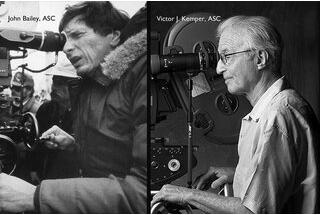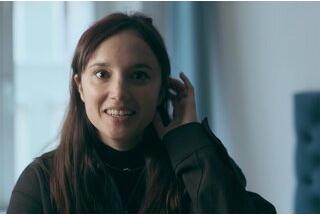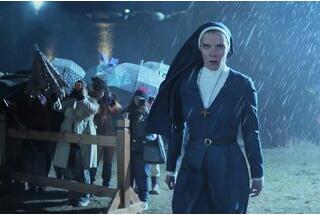In memory of Gilbert Taylor, BSC
By Marc Salomon, AFC’s consulting memberGilbert Taylor belonged to that generation of great British directors of photography such as Morris, Unsworth, Cardiff, Challis, Krasker, Hildyard, Slocombe..., whose talent was revealed at the end of the Second World War.
Born on 21 April 1914 in Bushey Heath, son of a well-known Hertfordshire builder, Gilbert Taylor frequented a newsreel cameraman uncle during his youth who taught him how to handle the wooden Williamson camera and to develop film in a lab.
At the age of 15, he was hired by Gainsborough Studios and worked on that studio’s last two silent films and its first talking film (Third Time Lucky) alongside cinematographer William Shenton (“He was fond of his drink so needed someone to drive him around,” he later declared!). It was also with Shenton that he went to Paris to participate in the shooting of two silent films for Pathé.
Back in England, he continued working for Gainsborough and British International Pictures. He participated in the filming of Alfred Hitchcock’s Number Seventeen as a clapper for Jack Cox. He seconded Freddie Young at Elstree (Nell Gwynn in 1934, and Escape Me Never in 1935), but he had mixed feelings about their work together: “Freddie Young was the kind of man who would have you scrape the darkroom floor with a penknife and polish it, and would then walk in with muddy boots and complain that it was still filthy.”
Taylor pursued his apprenticeship with Franz Planer (Turn of the Tide) before voluntarily enlisting in the RAF, where he served from 1939 to 1945. He served as an officer cameraman, taking shots from a Lancaster of bombed out areas in Germany, such as Dresden and Cologne. He then joined the studios as a cameraman for Jack Hildyard (School for Secrets, by Peter Ustinov, in 1946) and Harry Waxman (Brighton Rock) and Gunther Krampf (Fame is the Spur, by Roy Boulting, in 1949). He took shots on the second unit for Ossie Morris on Circle of Danger, by Jacques Tourneur in 1950. He became a director of photography thanks to John and Roy Boulting at the end of the 40s (The Guinea Pig; Ultimatum) who had admired the shots he had taken in the second unit on Fame is the Spur.
In order to remedy the overly-strong contrasts produced by the sometimes irregular filmstock of the period, he quickly developed (starting with The Guinea Pig in 1949) an indirect lighting technique that got rid of areas of shadow. At a time when English black-and-white was contrasted and chiselled (e.g. the work of Guy Green, Robert Krasker, Douglas Slocombe), Taylor took the opposite approach and opted for a more modern style with more nuanced images crafted by a subtle alchemy of direct and indirect lighting (starting with Seven Days to Noon, by the Boulting brothers, in 1950). He became the regular cinematographer for Jack Lee-Thompson between 1952 and 1959 (eight films together). Especially memorable from this first part of his career are Blonde Sinner in 1956 for its unusual angles (they are reminiscent of his colleague Otto Heller’s work) and rich range of greys with a depth reinforced by his use of short focal-length lenses.
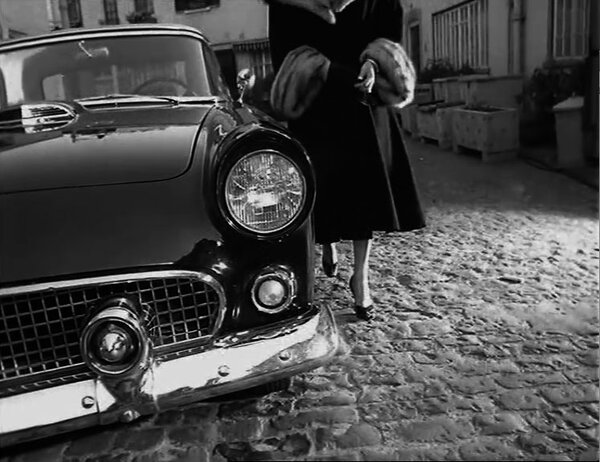
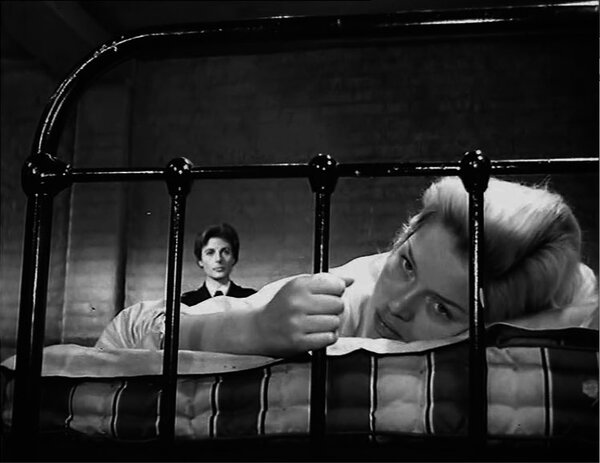
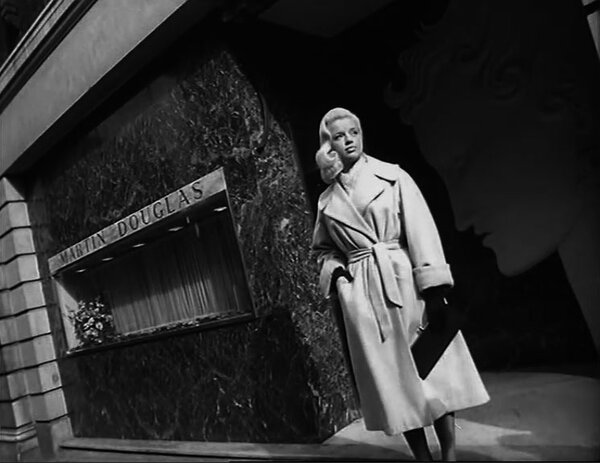
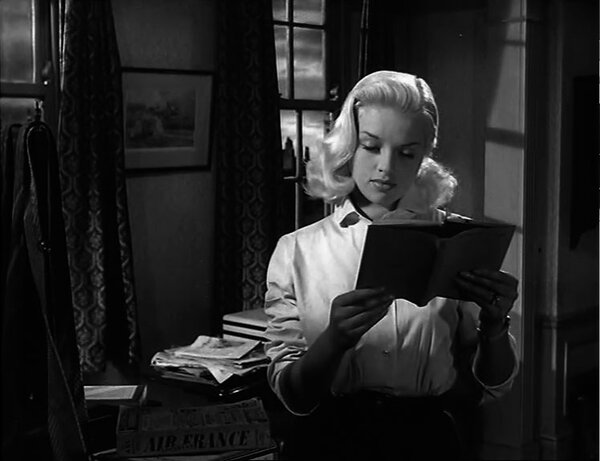
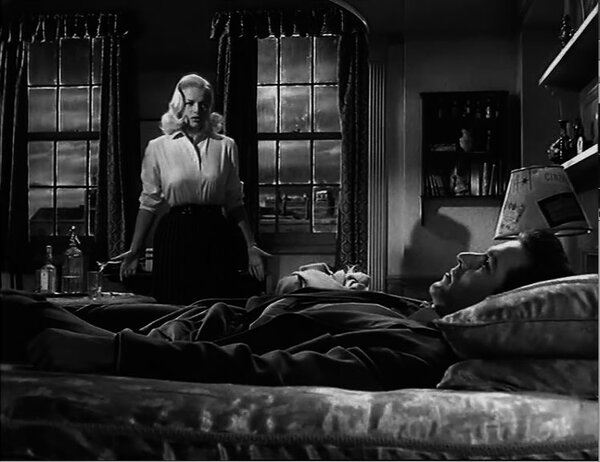
After two light and low-budget comedies with popular actor Tony Hancock (The Rebel and The Punch and Judy Man in 1960 and 1962, respectively), his career really took off. Taylor acquired an international reputation in the early 1960s by working on very different films by Richard Lester (A Hard Day’s Night), Stanley Kubrick (Dr. Strangelove), and then Roman Polanski (Repulsion and Cul-de-Sac).
Lester’s film, three days of madn ess in the life of The Beatles chased down by their fans, was partially filmed in the Free Cinema style, an often improvised documentary style. In the more “planned” scenes, Taylor’s photography becomes more mannered and contrasts with the scenes of the concert or the chases through the streets of London, where up to five cameras were needed.
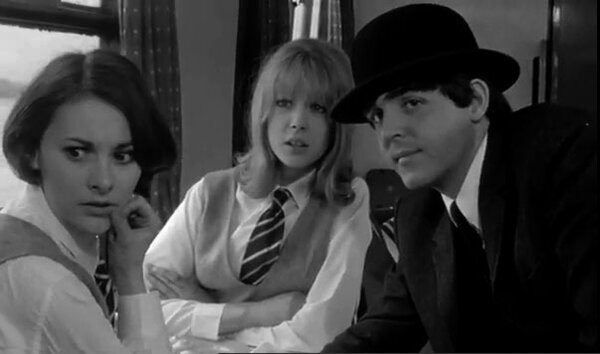
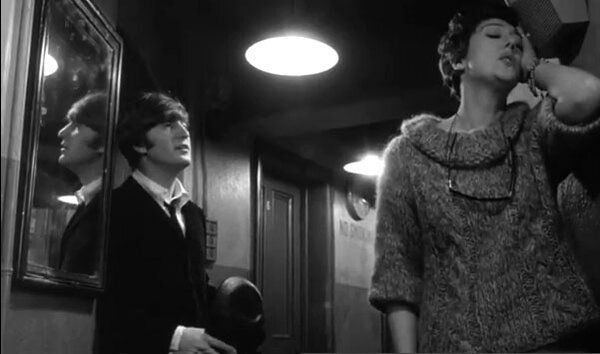
As one might expect, his work with Kubrick was tumultuous. In his autobiography, Ossie Morris (who filmed Lolita) discusses his difficult relationship with Kubrick, but says that Taylor suffered more than he did and developed a great hatred of Kubrick during their work together. Taylor considered it part of his “end of the world film trilogy” along with Seven Days to Noon by the Boulting Brothers, and The Bedford Incident, which starred its producer, Richard Widmark.
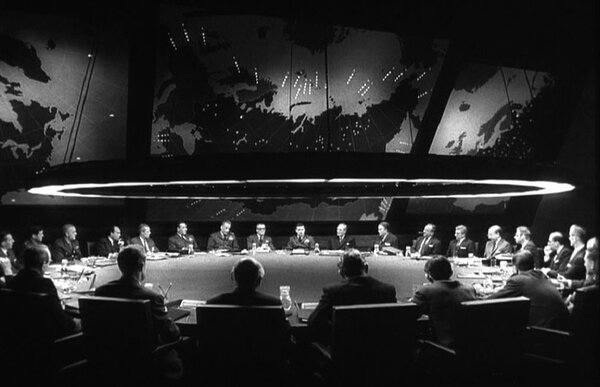
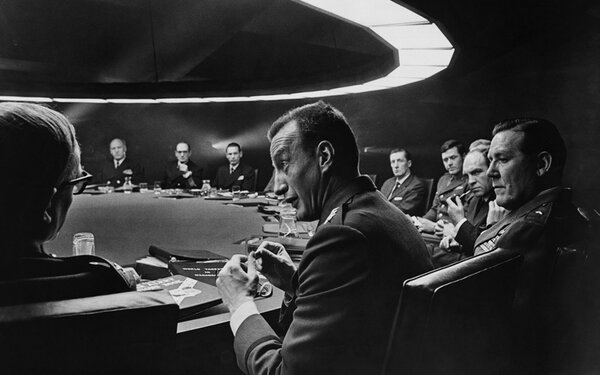
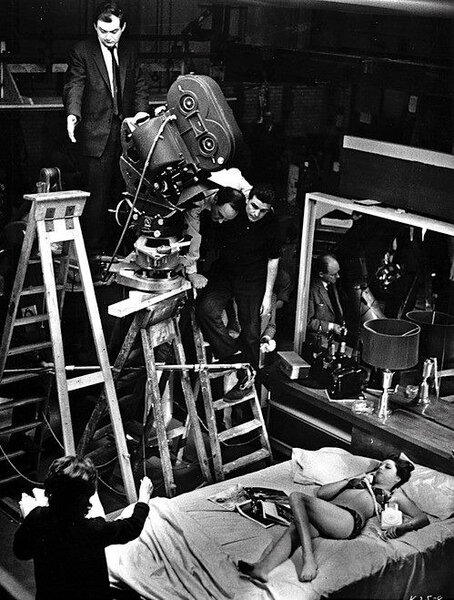
Polanski, who had admired Taylor’s work on Kubrick and Lester’s films, called on him for his first two English films. In his memoirs (Roman), he describes him as “a big, statuesque man with the air of a country squire, Gil had camerawork experience dating back to the 1930’s.” Then he added, “He mostly used reflected light, bounced off the ceiling or walls, and never consulted a light meter. As the rushes were to show, however, he possessed such an unerring eye that his exposures were invariably perfect.” In order to work with Polanski, Taylor had to turn down a James Bond (Thunderball). The refinement of his black and white, the density of his greys, his dusky atmospheres and chiselled images are even more visible in Cul-de-sac, that tragic farce filled with black humour filmed (outdoor shots) at Holy Island. The image was as dense as it was rich, and was illuminated by the face of Françoise Dorléac.
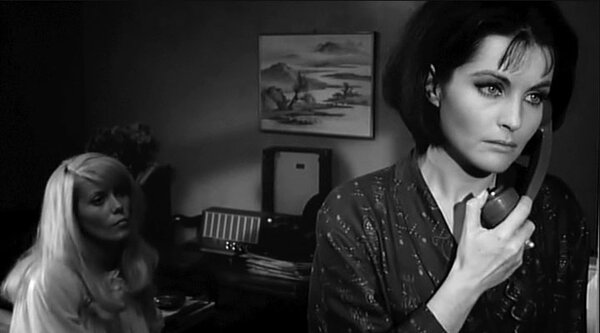
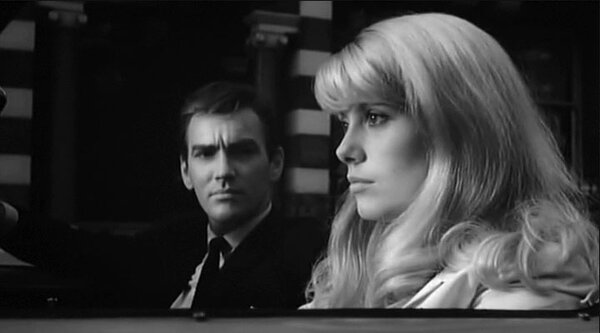
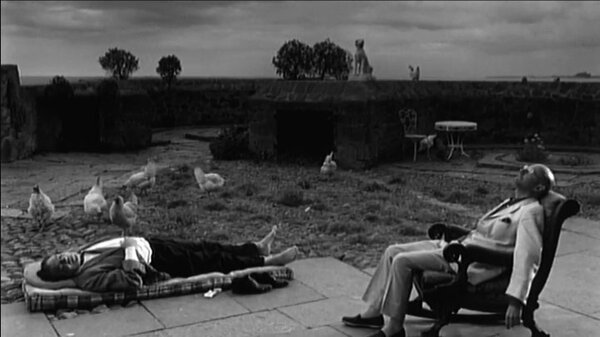
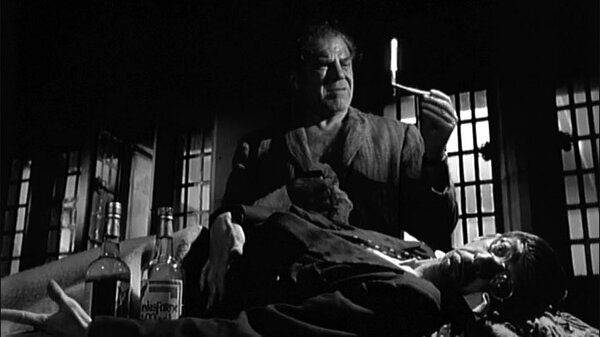
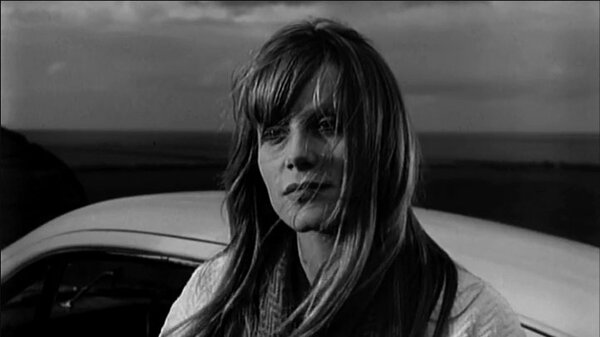
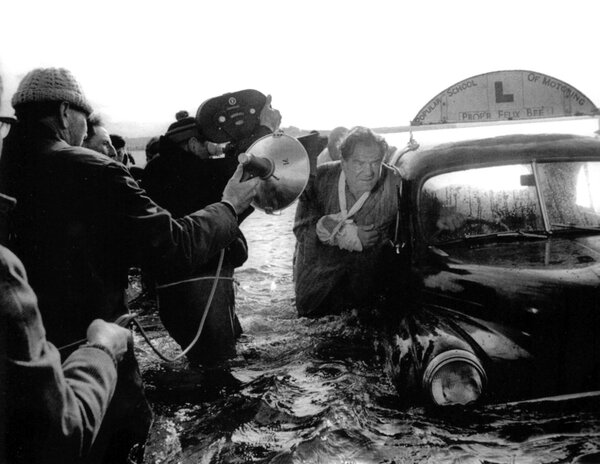
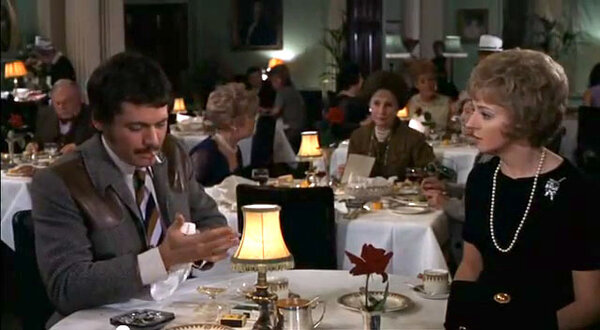
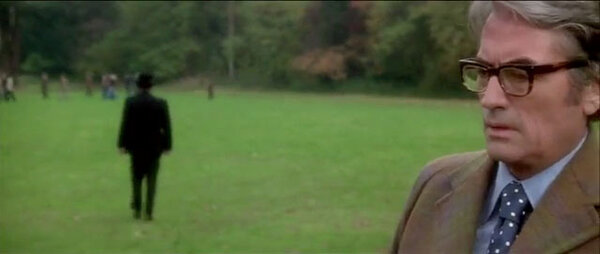
During the 1970s, he again worked with Polanski (Macbeth) and Hitchcock (Frenzy) forty years after beginning as a clapper on Number 17. He signed off on the image of a film by Richard Donner, The Omen, in 1976, which touched on Satanism, somewhere between The Exorcist and The Shining. Taylor crafted a beautiful, dusky and oppressive image that was hardly pierced by a pale and diffuse light obtained by using “10 deniers” stockings over his lens. Then he did Star Wars (which his fellow cinematographer John Alcott had turned down), an experience that he always kept a terrible memory of. “I decided I wouldn’t do another film with him for anything”, he said about George Lucas who had dared to challenge his professionalism. Taylor didn’t share the director’s vision: he wanted a very diffuse image even though Taylor preferred sharp images because of the special effects that were to be added later. He also told about how after filming for two weeks in Tunisia, when he returned to the studios in London he found monotone, grey, closed sets where nothing had been planned for lighting. He ended up designing spaces where he placed no less than 9000 floodlights.
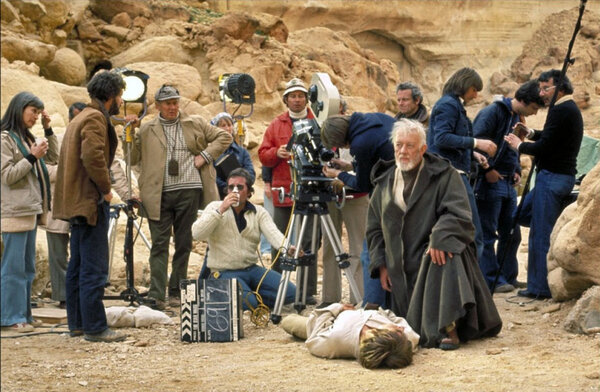
Completely unlike the first episode of Star Wars (which had become Episode 4, in the meantime), Taylor joined Peter Brook for an austere biography of Gurdjieff in Meetings With Remarkable Men in 1978, filmed in Afghanistan and Egypt. He then followed that with John Badham’s Dracula, and Mike Hodge’s Flash Gordon. In 1987, he worked on Curtis Hanson’s The Bedroom Window with Isabelle Huppert.
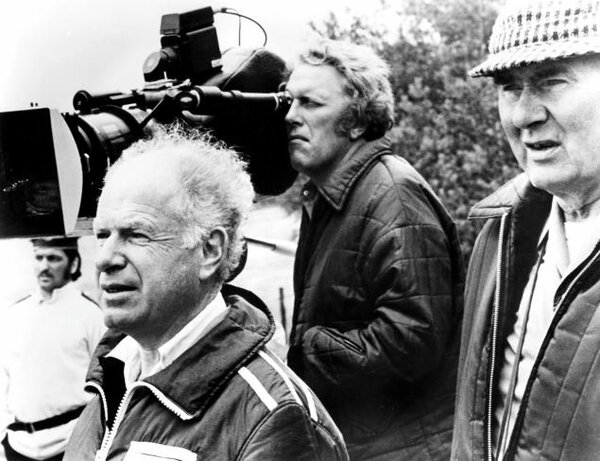
Like Christopher Challis, Gilbert Taylor was one of the last representatives of “classic” English cinematography, extremely controlled but rarely ostentatious.
Marc Salomon is a consulting member of the AFC.
 En
En
 Fr
Fr
